-
 bitcoin
bitcoin $120167.907534 USD
1.27% -
 ethereum
ethereum $4468.611945 USD
2.53% -
 xrp
xrp $3.013607 USD
1.80% -
 tether
tether $1.000549 USD
-0.01% -
 bnb
bnb $1092.592149 USD
6.28% -
 solana
solana $231.391244 USD
4.59% -
 usd-coin
usd-coin $0.999699 USD
-0.04% -
 dogecoin
dogecoin $0.259020 USD
4.30% -
 tron
tron $0.342747 USD
0.34% -
 cardano
cardano $0.860977 USD
1.07% -
 hyperliquid
hyperliquid $50.155412 USD
5.34% -
 chainlink
chainlink $22.637678 USD
0.46% -
 ethena-usde
ethena-usde $1.000528 USD
-0.07% -
 avalanche
avalanche $30.613779 USD
-0.07% -
 stellar
stellar $0.403905 USD
0.94%
What is Full Node? Popular introduction to Full Node in blockchain
Full nodes, maintaining a complete copy of the blockchain, enhance network security and contribute to the decentralized backbone of blockchain technology.
Nov 03, 2024 at 04:11 pm

Understanding Full Node: A Comprehensive Guide to Blockchain's Decentralized Backbone
In the realm of blockchain technology, decentralization plays a pivotal role in ensuring the integrity and security of the network. One crucial component of this decentralized architecture is the full node. Let's delve into the concept of full nodes and explore their significance in the blockchain ecosystem.
1. Definition of a Full Node
A full node, also known as a complete node, is a computer that runs a complete copy of the blockchain. Unlike lightweight nodes, which store only a portion of the blockchain, full nodes maintain the entire transaction history and block data. This comprehensive dataset enables full nodes to independently verify transactions and blocks, contributing to the overall security and reliability of the blockchain.
2. Role and Responsibilities of Full Nodes
Full nodes have several essential responsibilities within the blockchain ecosystem:
- Transaction Verification: Full nodes validate new transactions by checking their validity and ensuring they meet the consensus rules of the blockchain. They reject invalid transactions, preventing malicious or erroneous data from entering the blockchain.
- Block Creation and Validation: In proof-of-work (PoW) blockchains like Bitcoin, full nodes participate in the block creation process. They gather transactions, create new blocks, and broadcast them to the network for validation. Full nodes also validate incoming blocks to ensure they are compliant with the blockchain's rules.
- Decentralization: Full nodes distribute the blockchain across a wide network of independent computers, reducing the risk of centralization and single points of failure. This decentralized architecture enhances the blockchain's resilience and resistance to malicious attacks.
3. Benefits of Running a Full Node
Running a full node offers several benefits to the blockchain ecosystem:
- Increased Security: With multiple full nodes verifying transactions and blocks, the blockchain becomes more resistant to manipulation or fraud. Malicious actors would need to control a majority of the full nodes to compromise the network's integrity.
- Enhanced Privacy: Running a full node allows users to verify transactions and maintain their own copy of the blockchain, eliminating the reliance on third-party services that may have access to their data.
- Contribution to the Network: By running a full node, users contribute to the decentralized nature of the blockchain and help maintain its security and stability.
4. Popular Full Node Software
Several software applications provide full node functionality for various blockchain networks:
Bitcoin:- Bitcoin Core
- Blockstream Core
- Geth
- Parity
- Litecoin Core
5. Challenges of Running a Full Node
Setting up and maintaining a full node comes with certain challenges:
- Technical Complexity: Running a full node requires technical knowledge and ongoing maintenance. Users need to configure the software, secure their node, and troubleshoot any technical issues that may arise.
- Storage Requirements: Blockchain data continues to grow over time. Running a full node requires significant storage space to accommodate the complete blockchain.
- Bandwidth Consumption: Full nodes require substantial bandwidth to synchronize with the blockchain and process new transactions. Nodes with limited bandwidth may experience performance issues or delays.
Conclusion
Full nodes play a vital role in ensuring the integrity, security, and decentralization of blockchain networks. By verifying transactions, validating blocks, and contributing to the network's governance, full nodes strengthen the blockchain ecosystem and make it more resistant to threats and manipulations. Running a full node can be challenging but offers significant benefits and contribute to the robustness of the blockchain network.
Disclaimer:info@kdj.com
The information provided is not trading advice. kdj.com does not assume any responsibility for any investments made based on the information provided in this article. Cryptocurrencies are highly volatile and it is highly recommended that you invest with caution after thorough research!
If you believe that the content used on this website infringes your copyright, please contact us immediately (info@kdj.com) and we will delete it promptly.
- BlockDAG, DOGE, HYPE Sponsorship: Crypto Trends Shaping 2025
- 2025-10-01 00:25:13
- Deutsche Börse and Circle: A StableCoin Adoption Powerhouse in Europe
- 2025-10-01 00:25:13
- BlockDAG's Presale Buzz: Is It the Crypto to Watch in October 2025?
- 2025-10-01 00:30:13
- Bitcoin, Crypto, and IQ: When Genius Meets Digital Gold?
- 2025-10-01 00:30:13
- Stablecoins, American Innovation, and Wallet Tokens: The Next Frontier
- 2025-10-01 00:35:12
- NBU, Coins, and Crypto in Ukraine: A New Yorker's Take
- 2025-10-01 00:45:14
Related knowledge

How does cryptocurrency achieve decentralization?
Sep 30,2025 at 04:37am
Understanding the Foundation of Decentralization in Cryptocurrency1. Cryptocurrency achieves decentralization primarily through the use of blockchain ...
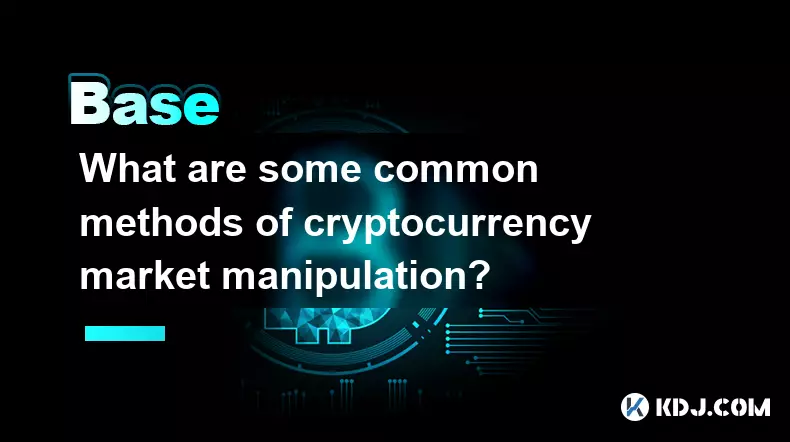
What are some common methods of cryptocurrency market manipulation?
Sep 27,2025 at 02:55am
Wash Trading and Its Impact on Market Perception1. Wash trading involves an individual or entity simultaneously buying and selling the same cryptocurr...
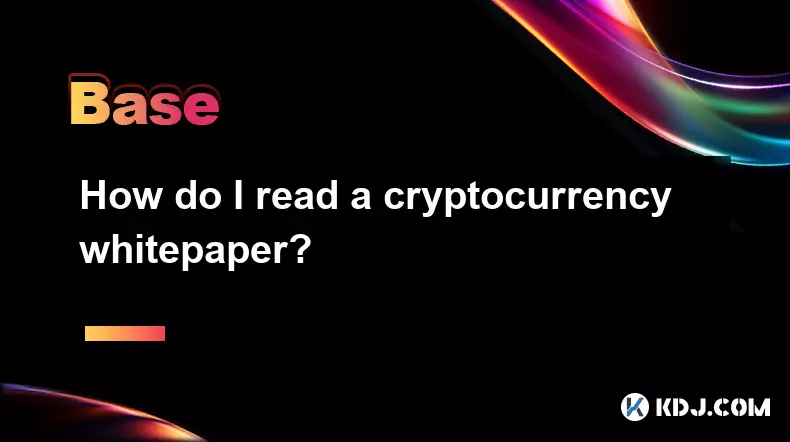
How do I read a cryptocurrency whitepaper?
Sep 27,2025 at 05:54am
Understanding the Structure of a Cryptocurrency Whitepaper1. Begin by identifying the executive summary, which outlines the project’s core vision and ...
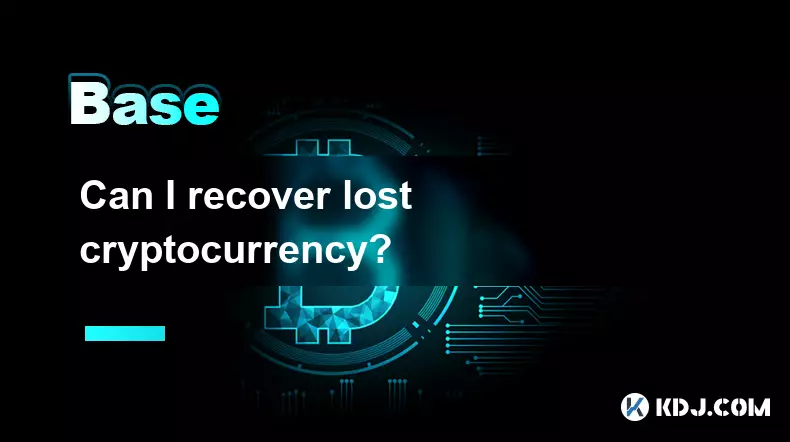
Can I recover lost cryptocurrency?
Sep 25,2025 at 08:18am
Understanding the Nature of Cryptocurrency Loss1. Cryptocurrency operates on decentralized networks, meaning there is no central authority to reverse ...
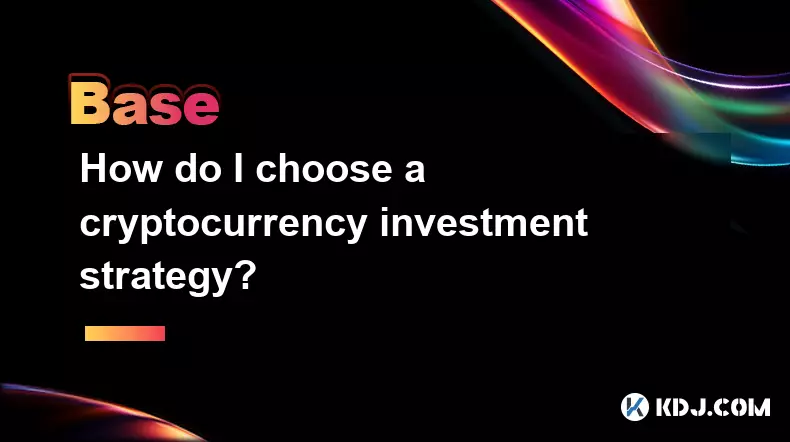
How do I choose a cryptocurrency investment strategy?
Sep 27,2025 at 03:55pm
Understanding Risk Tolerance in Crypto Investing1. Assessing personal risk tolerance is a foundational step when entering the cryptocurrency market. V...
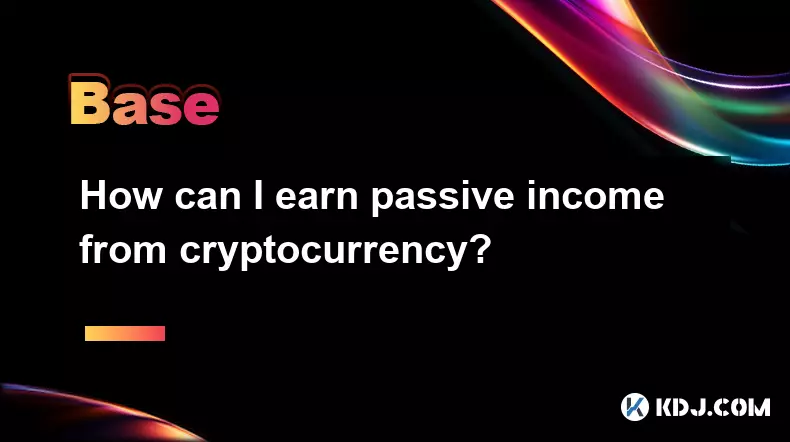
How can I earn passive income from cryptocurrency?
Sep 23,2025 at 10:18am
Staking Cryptocurrencies for Regular Returns1. Many blockchain networks operate on a proof-of-stake (PoS) consensus mechanism, allowing users to earn ...

How does cryptocurrency achieve decentralization?
Sep 30,2025 at 04:37am
Understanding the Foundation of Decentralization in Cryptocurrency1. Cryptocurrency achieves decentralization primarily through the use of blockchain ...

What are some common methods of cryptocurrency market manipulation?
Sep 27,2025 at 02:55am
Wash Trading and Its Impact on Market Perception1. Wash trading involves an individual or entity simultaneously buying and selling the same cryptocurr...

How do I read a cryptocurrency whitepaper?
Sep 27,2025 at 05:54am
Understanding the Structure of a Cryptocurrency Whitepaper1. Begin by identifying the executive summary, which outlines the project’s core vision and ...

Can I recover lost cryptocurrency?
Sep 25,2025 at 08:18am
Understanding the Nature of Cryptocurrency Loss1. Cryptocurrency operates on decentralized networks, meaning there is no central authority to reverse ...

How do I choose a cryptocurrency investment strategy?
Sep 27,2025 at 03:55pm
Understanding Risk Tolerance in Crypto Investing1. Assessing personal risk tolerance is a foundational step when entering the cryptocurrency market. V...

How can I earn passive income from cryptocurrency?
Sep 23,2025 at 10:18am
Staking Cryptocurrencies for Regular Returns1. Many blockchain networks operate on a proof-of-stake (PoS) consensus mechanism, allowing users to earn ...
See all articles










































































